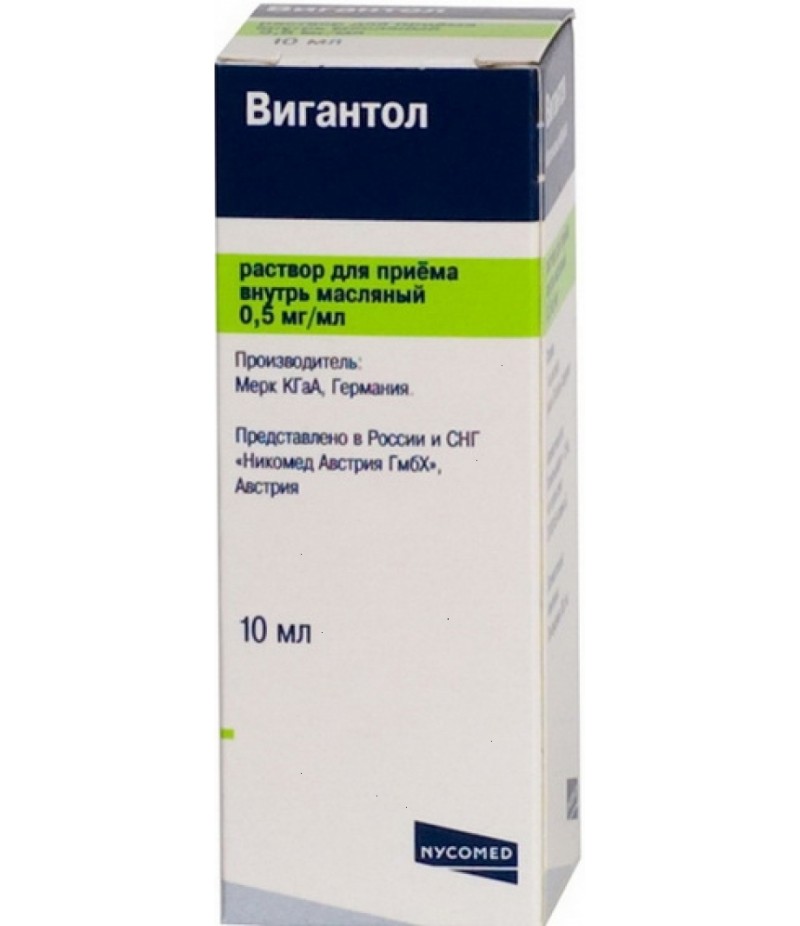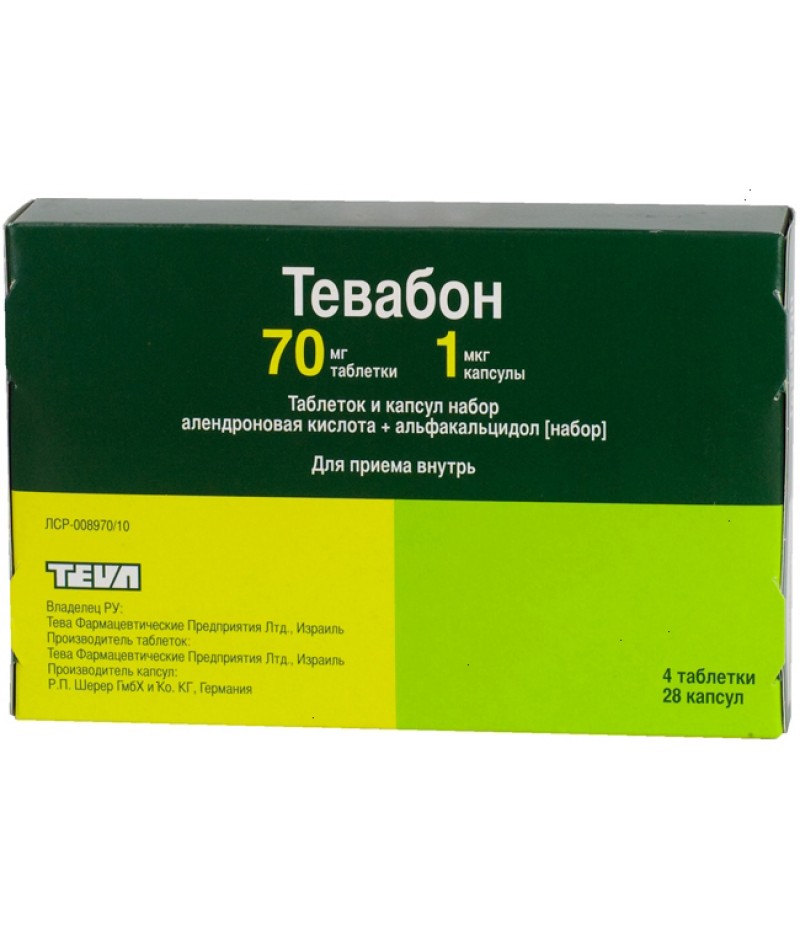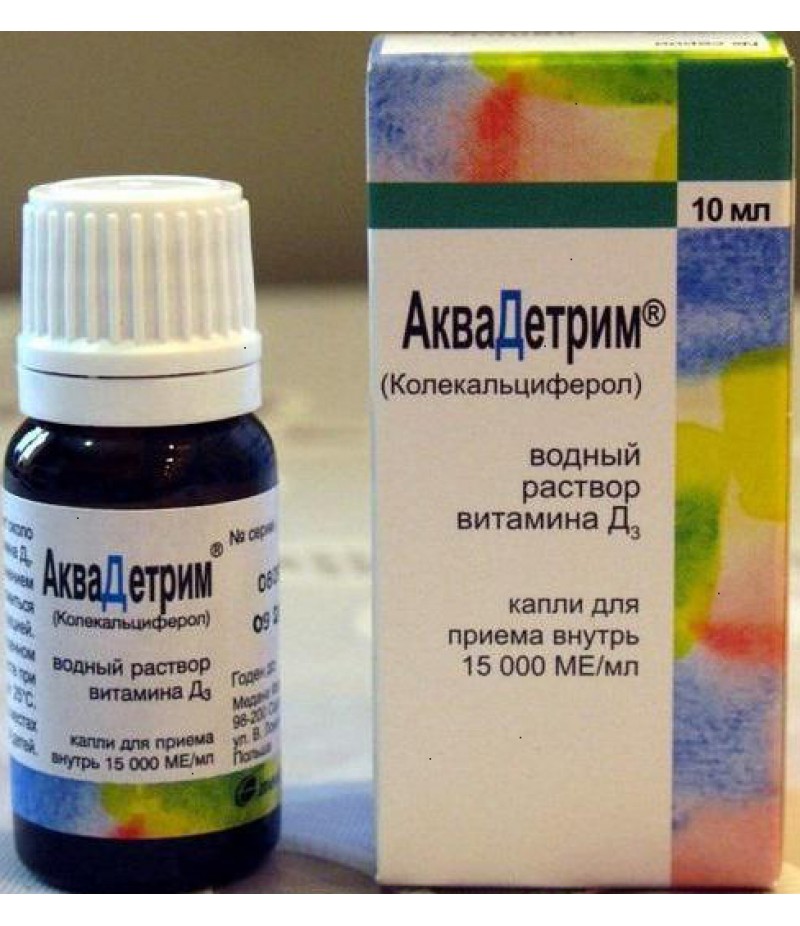Vigantol solution 0.5mg/ml 10ml
- $11.83
- 3 or more $10.81
- Availability:In Stock
Vigantol instruction for useReed more about Vigantol and buy it on this page onlineCompositionThe composition of Vigantol includes the active substance: colcalciferol.An additional component is triglycerides.Form of issueProduced ..
Tags: solution
Vigantol instruction for use
Reed more about Vigantol and buy it on this page online
Composition
The composition of Vigantol includes the active substance: colcalciferol.
An additional component is triglycerides.
Form of issue
Produced Vigantol in the form of an oily solution for ingestion, placed in bottles of droppers made of dark glass.
pharmachologic effect
The drug has a regulating calcium-phosphorus metabolism of pharmacological action.
Pharmacodynamics and pharmacokinetics
The purpose of this drug is to regulate the exchange of calcium and phosphorus. At the same time, deficiency of vitamin D3 is being filled, absorption of calcium in the digestive tract and reabsorption of phosphates in the kidneys are increasing. Also Vigantol promotes the mineralization of bones, which is necessary for the full operation of the parathyroid glands.
Absorption of the drug is from the gastrointestinal tract. Inside the body, the active substance binds to α2-globulins, some of it with albumins.
Accumulation of colcalciferol occurs in the liver, bone and adipose tissue, skeletal muscles, adrenal glands and kidneys, myocardium. The maximum concentration of the substance in the tissues is observed after 4-5 hours, then decreases slightly, but still remains for a long time at the required level.
It was found that colcalciferol penetrates through the placental barrier, and is also excreted in the composition of breast milk.
As a result of biotransformation in the liver and kidneys formed inactive metabolites - calcipediol and dihydroxycolecalciferol, the active metabolite calcitriol.
Excretion takes place with bile and a small part with urine.
Indications for use
The main indications for the use of Vigantol are:
rickets;
spasmophilia;
osteomalacia.
Contraindications for use
It is not recommended to take the drug when:
hypersensitivity;
hypercalcemia;
hypercalciuria;
the presence in the kidney of calcareous stones;
sarcoidosis;
immobilization.
Side effects
Sometimes it is possible to develop unwanted effects:
hypercalcemia;
hypercalciuria;
arrhythmias;
nausea;
vomiting;
disorders of consciousness and psyche;
lowering of body weight;
urolithiasis;
Calcium deposits in soft tissues;
decrease in appetite, thirst and polyuria.
Instructions for Vagintol (Method and Dosage)
The instructions to the drug details how to take Vigantol for newborns. To do this, mix the medicine in a spoon with milk or another liquid.
In the prevention of rickets, full and healthy babies from 2 months are prescribed daily 1 drop per day. Take the medicine for 5 days. After this, make a two-day break. Children 1-2 years are not recommended to take the drug in the summer months. For premature infants from 10 days of life, a daily dosage of 2 drops is prescribed for 5 days, performing two-day breaks, except for the summer months.
During the treatment of rickets Vigantol, the instructions for use recommend taking in elevated dosages. For example, children from 10 days of life can take 2-8 drops a day.
In other cases, the dose of the drug and the duration of therapy are determined by a specialist. Preliminary established indicator of vitamin D deficiency, the level of which must be controlled and in the process of treatment.
Overdose
As a rule, cases of overdose are associated with the fact that in the child's body, excess vitamin D3 accumulates. In addition, the symptoms of hypervitaminosis D3 include: constipation or diarrhea, headache, pollakiuria, thirst, nocturia, anorexia, polyuria, metal taste in the mouth, general weakness, nausea, vomiting and so on. It is also possible to develop more complex disorders: bone pain, clouding of urine, increased blood pressure, skin itching, congestion hyperemia, myalgia, arrhythmia and other.
Patients are prescribed treatment for developing hypercalcemia, which depends on its severity. Therefore, it is possible: drug cancellation, introduction of low calcium diet, intake of increased fluid volume, prescribe vitamin E, ascorbic acid, retinol, thiamine, pantothenic acid, riboflavin. Severe cases require the introduction of a solution of sodium chloride 0.9%, furosemide, calcitonin, electrolytes, hemodialysis. To avoid overdose, you need to regularly monitor the concentration of calcium in the blood.
Interaction
The use of phenytoin, primidone and drugs of the barbiturate group increases the speed of biotransformation, which increases the need for vitamin D3.
Simultaneous use for a long time of antacids, which contain aluminum and magnesium particles, can increase their concentration in the blood, and also the risk of intoxication persists.
The combination of Vigantola and calcitonin, bisphosphonates and plikamycin lower the effectiveness of this drug. Kolestyramin and colestipol reduce the absorption of some fat-soluble vitamins from the digestive tract, which requires an increase in their dosage.
Combined treatment with cardiac glycosides increases the toxic potential due to hypercalcemia. Such patients require control of the level of calcium, ECG, correction of the dose of cardiac glycosides. The risk of hypercalcemia may also increase benzodiazepine derivatives.
It is allowed to combine vitamin D3, its metabolites or analogues, but only in special cases under strict control of calcium in the blood serum.
It is known that thiazide diuretics inhibit the process of excretion of calcium in urine, which contributes to the development of hypercalcemia. Thus it is necessary to carry out regular monitoring of the calcium content in the blood.
Decrease in the effectiveness of this drug is noted with simultaneous treatment with rifampicin and isoniazid, as they increase the speed of biotransformation.
Storage conditions
To store the drug is intended a dark, childproof place, at a temperature of 15-25 ° C.
Shelf life - 5 years.
Which is better: Aquadetrim or Vigantol?
To small patients practically from the birth appoint the preparations raising the maintenance of vitamin D. Pediatricians often suggest to choose Vigantol or Akvadetrim. Therefore, parents are interested in which of these drugs is better? Specialists in the field of pediatrics advise parents to specify which particular drug should be taken to their child, since in some cases, oily solution may be more useful, and in others - water.
Alcohol
Data on the interaction of Vigantol and alcohol are not provided.
Reviews about Vigantol
In medical and children's forums, there are many reviews of drugs that are prescribed with a lack of vitamin D3. Parents share their experience of using this or that remedy, they are interested in what medicine is given to other children.
According to many users, pediatricians assign their children a water solution of aquadetrim. In some cases, on examining the orthopedist, these children are diagnosed with ricket changes. After this, preparations are already prescribed in oily solutions, for example, Vigantol or vitamin B2-ergocalciferol.
As testimonials about Vigantol show, this medication is often prescribed for newborn children. As a result, within 1-2 years they do not reveal any pathological changes in the bone structure. Also, despite the high probability of side effects, descriptions of unwanted reactions against the background of Vigantol's admission in the network are not presented.



